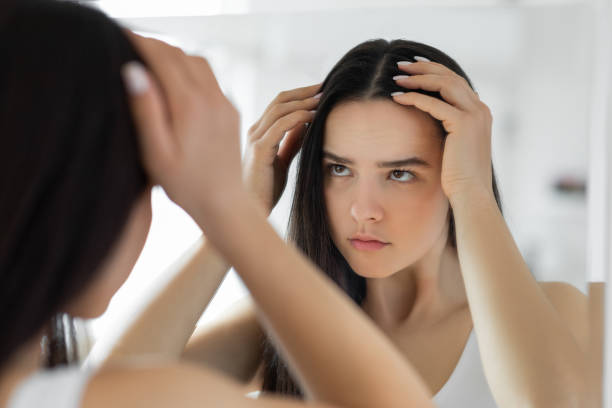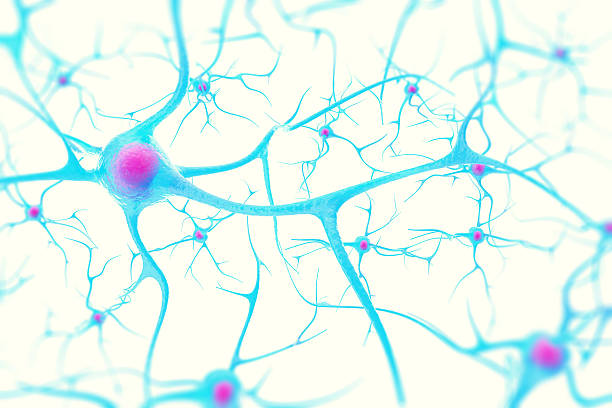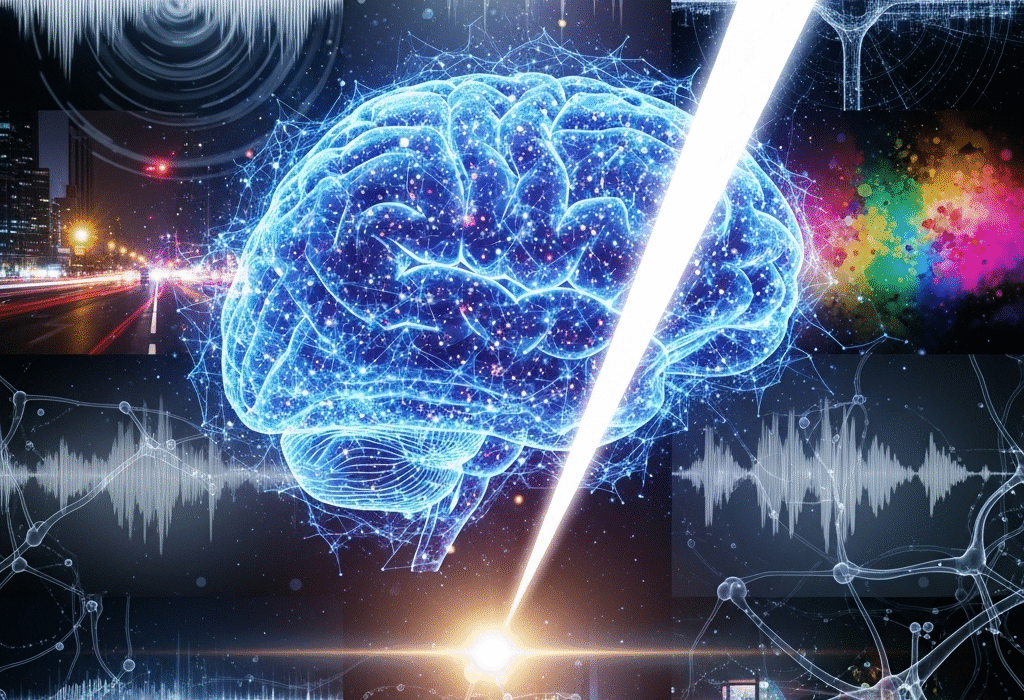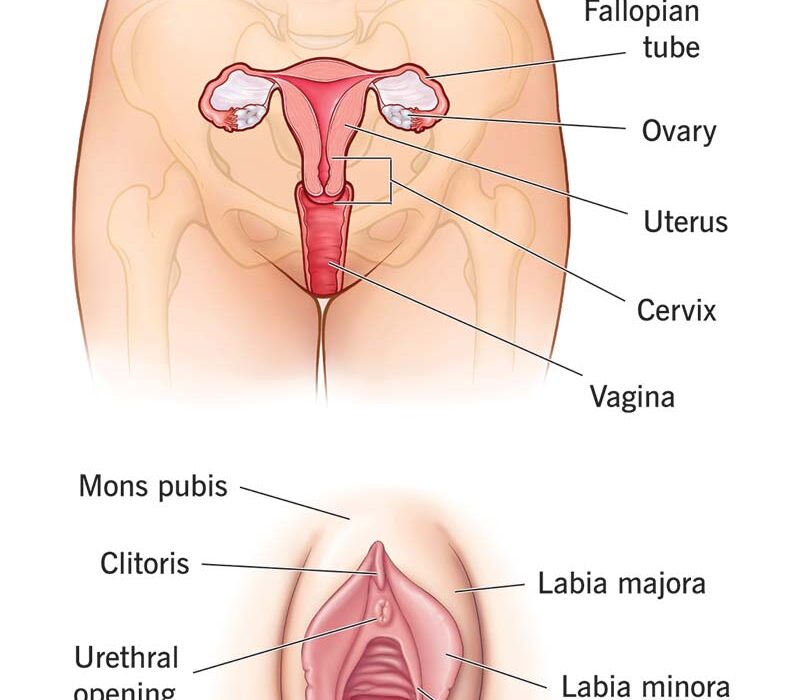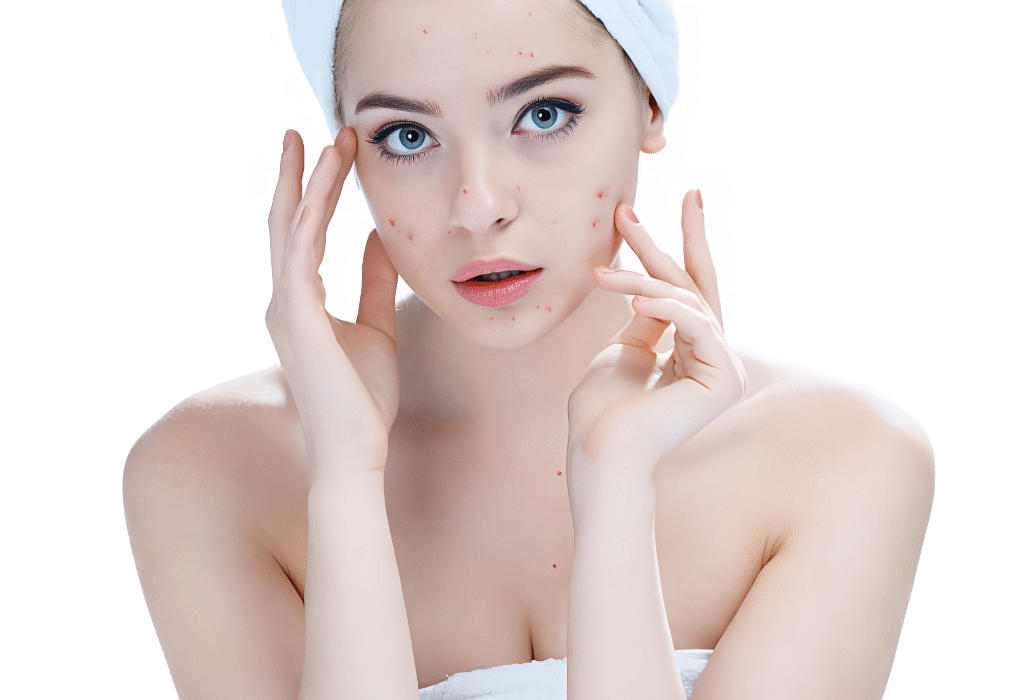Hair. We style it, dye it, shave it, and obsess over it. It’s the crown we never take off. So, when it starts falling out—slowly or suddenly—it can feel like a betrayal from our own body. You run your fingers through your hair and notice more strands on your pillow, in your comb, or clogging your shower drain. Panic creeps in. “Am I going bald?” you wonder.
You’re not alone.
Millions of people around the globe experience hair loss—men, women, even teenagers. It’s common, yes, but that doesn’t mean it’s easy. The good news? Hair loss is rarely hopeless. Understanding what causes it is the first step in taking control.
In this ultimate guide, we’ll dive deep into the world of hair loss—why it happens, what’s going on beneath your scalp, and most importantly, what you can do to stop it and even reverse it.
Let’s begin at the root of the issue—literally.
The Science of Hair Growth (and Loss)
To fix something, you need to understand how it works. Hair grows from follicles—tiny, tube-like structures in your scalp. Each follicle contains a root, nourished by blood vessels that deliver nutrients and oxygen. This is where the magic happens.
The Hair Growth Cycle
There are four key phases of hair growth:
- Anagen (Growth Phase): This is when your hair is actively growing. It can last from 2 to 7 years.
- Catagen (Transitional Phase): A short phase (about 2–3 weeks) where growth slows and the follicle shrinks.
- Telogen (Resting Phase): Hair doesn’t grow during this phase. It lasts about 3 months.
- Exogen (Shedding Phase): Old hair falls out, making room for new strands.
Most people have about 90% of their hair in the anagen phase at any given time. If that balance is disturbed, hair loss can happen. But what causes that imbalance?
The Many Faces of Hair Loss
Hair loss is like a detective story with dozens of suspects—and sometimes, a combination of culprits. Let’s unmask them.
1. Genetics: The Family Legacy You Didn’t Want
Also known as androgenetic alopecia, genetic hair loss is the most common form. In men, it’s often referred to as male pattern baldness, marked by a receding hairline and thinning at the crown. Women usually experience diffuse thinning over the top of the scalp.
Genetic hair loss is caused by the sensitivity of hair follicles to dihydrotestosterone (DHT), a byproduct of testosterone. Over time, DHT shrinks follicles, shortening the hair’s growth phase.
The kicker? It’s progressive. Without intervention, it usually gets worse.
2. Hormonal Changes: The Endocrine Rollercoaster
Your hormones affect everything—including your hair. Women often experience hair loss after pregnancy, during menopause, or due to conditions like polycystic ovary syndrome (PCOS) or thyroid imbalances.
Men can also experience hormonal shifts due to aging or medical issues, especially related to testosterone and cortisol (the stress hormone).
3. Stress: The Silent Hair Killer
Have you had a rough year, suffered a loss, or battled chronic anxiety? Your hair knows.
Telogen effluvium is the type of hair loss triggered by stress. It’s characterized by sudden shedding several weeks or months after a stressful event—emotional or physical. Surgery, illness, childbirth, and even crash dieting can all be triggers.
The silver lining? This type of hair loss is usually temporary.
4. Nutritional Deficiencies: What’s Missing in Your Diet?
Your hair is made of protein—keratin. So, it needs nutrients to grow. Some of the biggest dietary triggers for hair loss include:
- Low iron (especially common in women)
- Vitamin D deficiency
- Lack of zinc, biotin, and protein
- Extreme caloric restriction (crash dieting)
If your body’s not nourished, it won’t prioritize hair—it’s not essential for survival.
5. Medical Conditions and Medications
Hair loss can be a symptom of medical issues like:
- Autoimmune diseases (e.g., alopecia areata, lupus)
- Thyroid disorders
- Diabetes
- Anemia
Additionally, certain medications list hair loss as a side effect: chemotherapy drugs, antidepressants, blood pressure meds, and even some birth control pills.
6. Hair Care Habits: Are You Hurting Your Hair?
Sometimes, the problem is on the surface. Over-styling, tight hairstyles (like braids or ponytails), frequent heat application, and harsh chemicals can lead to traction alopecia or damaged follicles.
Is It Temporary or Permanent? Diagnosing the Type of Hair Loss
Knowing what kind of hair loss you’re dealing with is key to treating it. Here’s how to differentiate:
- Gradual thinning on top of the head? Likely genetic.
- Sudden clumps of hair shedding? Could be telogen effluvium.
- Round bald spots? Possibly alopecia areata.
- Thinning at the temples and crown? Classic male pattern.
- Widening part or overall thinning in women? Female pattern hair loss.
A dermatologist or trichologist (a hair and scalp specialist) can diagnose hair loss with tools like scalp exams, blood tests, or even biopsies.
How to Stop Hair Loss—and Regrow It
Now that you know what’s causing your hair loss, it’s time to take action. Treatment depends on the cause, but here are the most effective options, from lifestyle changes to medical solutions.
1. Nutrition: Feed Your Follicles
Start here. A balanced diet rich in:
- Iron (spinach, lentils, red meat)
- Protein (eggs, fish, tofu)
- Vitamin D (sunlight, fatty fish, supplements)
- Zinc and Biotin (nuts, seeds, whole grains)
You can also consider supplements, but only after checking levels through blood work. Over-supplementing can backfire.
2. Scalp Health: Clean, Stimulate, Protect
Think of your scalp like soil. Healthy soil = healthy growth.
- Exfoliate with a gentle scalp scrub once a week.
- Massage your scalp daily for 5–10 minutes to increase blood flow.
- Avoid harsh shampoos with sulfates or parabens.
- Don’t overwash—2-3 times a week is enough for most.
- Try natural oils like rosemary, peppermint, or castor oil.
3. Medications and Topicals
For those with genetic hair loss, FDA-approved treatments can slow or reverse the process.
- Minoxidil (Rogaine): A topical treatment that extends the growth phase. Available for men and women.
- Finasteride (Propecia): An oral medication for men that blocks DHT. Not recommended for women due to hormonal effects.
- Spironolactone: An anti-androgen medication often prescribed to women with PCOS or hormonal hair loss.
These treatments require consistency—results take 3–6 months, and stopping can reverse progress.
4. Low-Level Laser Therapy (LLLT)
Laser combs, caps, and helmets are FDA-cleared devices that use light to stimulate follicles and improve circulation. Studies show promising results for both men and women.
5. Platelet-Rich Plasma (PRP)
This cutting-edge treatment involves drawing your blood, spinning it to isolate plasma, and injecting it into your scalp. PRP stimulates growth factors and enhances follicle regeneration. It’s effective but pricey—and requires multiple sessions.
6. Hair Transplants
For advanced hair loss, transplants offer permanent results. Techniques like FUE (Follicular Unit Extraction) involve moving individual follicles from a donor area to a balding one. It’s surgery—so it’s not cheap—but the results can be life-changing.
Natural Remedies and Holistic Approaches
Want a more natural route? Many people have seen improvement using time-tested traditional methods.
- Ayurveda: Herbs like ashwagandha, bhringraj, and amla promote hair health.
- Chinese Medicine: Focuses on balancing the body’s qi (energy), often using acupuncture and herbs.
- Essential Oils: Lavender, rosemary, and cedarwood oils have shown some effectiveness when massaged regularly.
- Stress Management: Yoga, meditation, and breathwork aren’t just good for your brain—they can protect your hair too.
These methods may not yield overnight miracles, but when combined with lifestyle changes, they can support overall scalp health and reduce shedding.
Myths, Misconceptions, and Marketing Gimmicks
Hair loss is a billion-dollar industry—and that means a flood of false promises. Let’s bust some myths.
- “Wearing hats causes baldness.” False. Hair follicles don’t care what you wear.
- “Frequent washing makes hair fall out.” Not if you’re using the right products.
- “Cutting your hair makes it grow faster.” Hair grows from the root, not the ends.
- “Natural means safe and effective.” Not always. Some oils can clog follicles or cause allergies.
- “There’s a miracle cure.” Nope. Real results come from consistent, science-backed approaches.
Always read labels, check reviews, and consult professionals before trying new products.
Coping Emotionally with Hair Loss
Losing hair can hurt far beyond the scalp. It impacts self-esteem, identity, even mental health.
It’s okay to feel upset. It’s okay to grieve.
But remember—your worth is not in your hair. Many people find power in shaving their heads, wearing wigs, or simply embracing the change.
You are not your hair.
Still, if it’s affecting your confidence, seek help—not just from doctors, but from support groups, therapists, or loved ones. You’re not alone on this journey.
Prevention: What to Do Before You Lose More Hair
Not all hair loss can be prevented, especially if it’s genetic. But you can delay it and minimize damage:
- Eat a balanced diet.
- Manage stress.
- Avoid smoking and excessive alcohol.
- Sleep well.
- Choose gentle hair care routines.
- Stay hydrated.
The earlier you act, the better your chances of regaining and retaining your hair.
Conclusion: Reclaiming Confidence, One Strand at a Time
Hair loss can feel like losing a part of yourself. But it’s not the end—it’s a beginning. A chance to understand your body more deeply, care for yourself more holistically, and rewrite your story with or without the strands you used to have.
With the right knowledge, tools, and mindset, you can stop hair loss—or at least slow it down—and move forward with confidence.
Your hair may change. Your spirit doesn’t have to.
